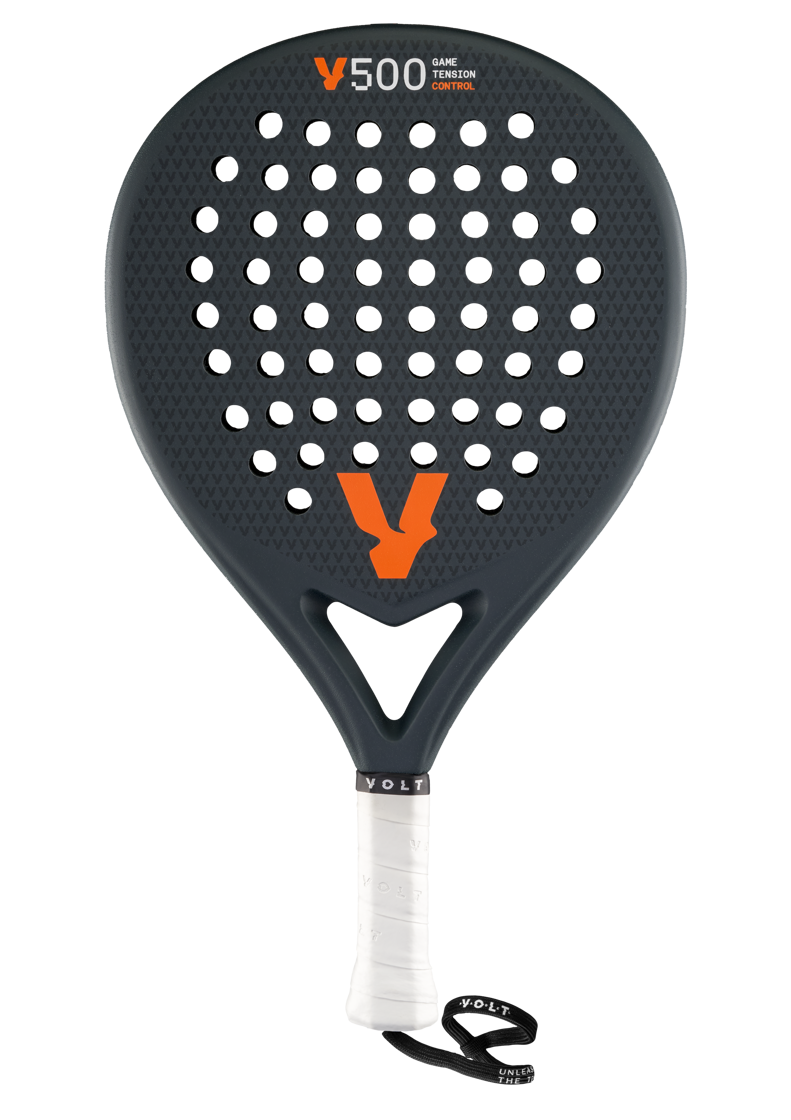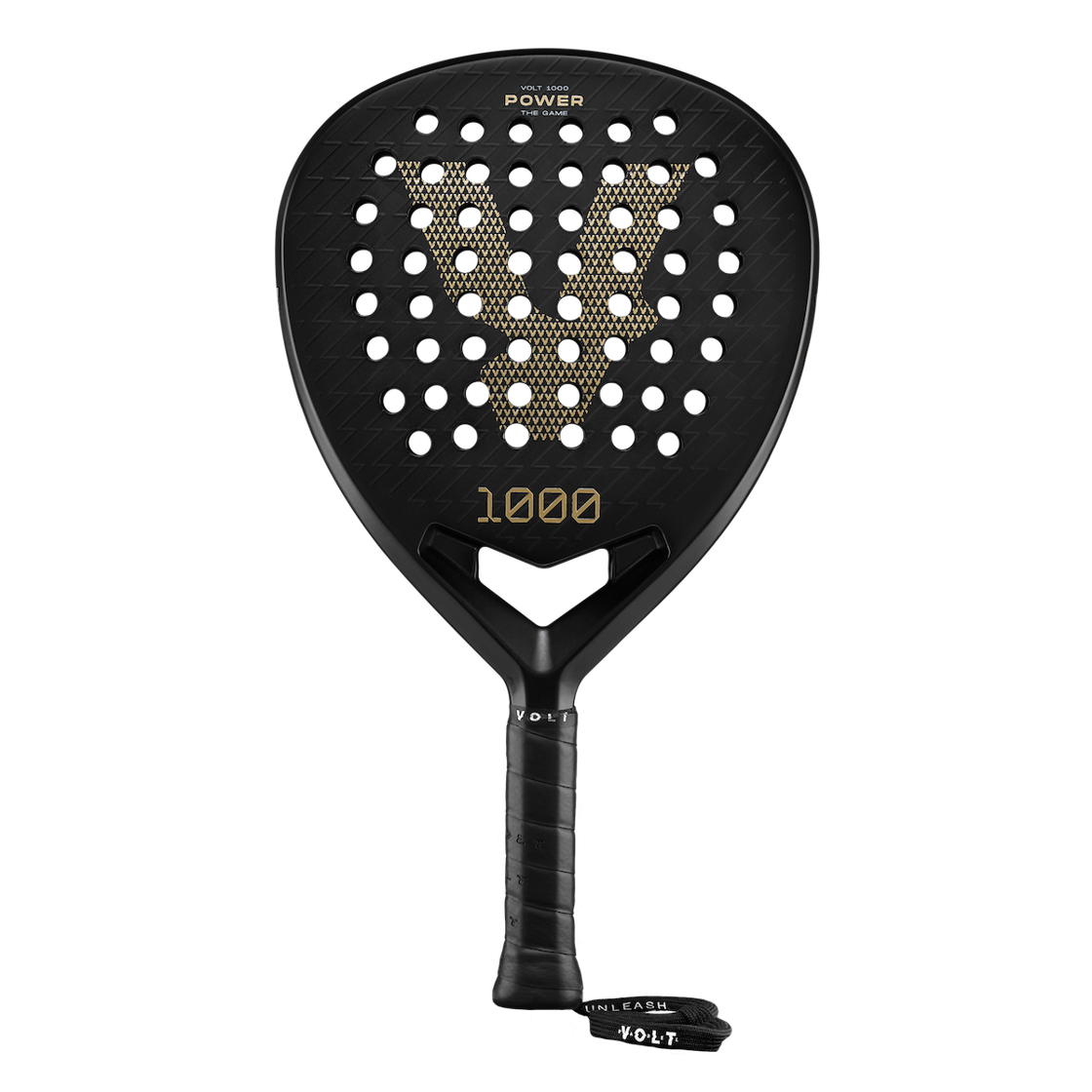How to Choose the Best Padel Racket for Your Playing Style
Choosing the right padel racket is essential for enhancing your game and preventing arm injuries. With so many options—different materials, shapes, weights, and brands—it’s easy to feel overwhelmed. That’s why this guide is here to simplify the process and help you find the perfect racket tailored to your level and playing style.
Why the Right Padel Racket Matters
Playing with a racket suited to your skill level and needs improves performance, boosts confidence, and helps you enjoy the game to the fullest. Let’s explore how to choose a racket based on your experience and style of play.
Rackets by Player Level
Casual Player
If you’re just starting, focus on an easy-to-play racket that’s lightweight, maneuverable, and offers excellent control. Avoid rackets designed for professionals, as these can hinder your improvement. Look for rackets that help you place the ball accurately without requiring advanced techniques.
Intermediate Player
As you progress and experiment with different styles, choose a versatile racket that balances power and accuracy. A teardrop-shaped racket often works best at this stage, as it adapts to various game situations and supports your evolving skills.
Advanced Player
For advanced players, racket choice depends heavily on your game style:
- Defensive Style: A round-shaped racket with superior control.
- Offensive Style: A diamond-shaped racket for ultimate power.
- Balanced Style: A teardrop-shaped racket for a mix of power and control.
Key Features of a Padel Racket
Think of a padel racket like a recipe, where each ingredient plays a role in its performance:
Shape
- Round Shape: Ideal for control and precision. With a large sweet spot in the center, round rackets are forgiving and easy to use, making them perfect for casual players and defensive strategies. Many professional players, such as Stupa and Lamperti, also use round rackets.

- Teardrop Shape: The best of both worlds. Teardrop rackets provide a balance of power and control, with a sweet spot slightly higher than round rackets but more forgiving than diamond-shaped ones. This shape suits intermediate players or those with a balanced game style.

- Diamond Shape: Power-focused and preferred by professionals like Juan Lebrón. These rackets have a smaller sweet spot located near the top, offering incredible power but requiring precise technique. They’re ideal for offensive players, especially those on the left side, but can cause arm fatigue for less experienced players.

Weight
- Lighter Rackets (350-370g): Easier to maneuver, reducing arm strain and ideal for beginners or defensive play.
- Heavier Rackets (370-390g): Provide more stability and power, perfect for advanced or offensive players.
Balance
- Head-Light: Great for control and speed.
- Even Balance: Offers versatility and comfort.
- Head-Heavy: Delivers maximum power, suited for aggressive gameplay.
Material
- Fiberglass: Softer and more forgiving, excellent for beginners.
- Carbon Fiber: Durable and stiff, designed for precision and power, making it ideal for advanced players.
Balance
Balance determines how weight is distributed across the racket, affecting maneuverability and gameplay.
Low Balance (Head Light - Under 265mm):
Weight is concentrated near the grip, improving reaction speed and control. Typically found in round rackets, these are easy to handle and comfortable to play with.Medium Balance (Neutral - Around 270mm):
Weight is evenly distributed, offering versatility. Teardrop rackets usually feature medium balance, making them great for balanced gameplay.High Balance (Head Heavy - Over 275mm):
Weight is focused near the top, delivering maximum power but less control and more strain. Common in diamond-shaped rackets, this balance suits aggressive players but may cause arm fatigue.
Weight
Weight plays a significant role in power and maneuverability.
Below 370g:
Lightweight rackets are easier to handle, offering control and reduced arm strain. Recommended for beginners, players with injuries, and those focusing on reaction volleys.Over 370g:
Heavier rackets provide more power but require excellent physical conditioning and technique. Suitable for advanced players focused on offensive gameplay.
For women, rackets typically weigh 350g to 365g, while junior rackets are lighter at around 330g.
Material
The material of the racket’s surface and core greatly impacts performance:
Surface Materials
- Soft Rackets (Fiberglass): Flexible and vibration-absorbing, these rackets offer great touch and comfort, making them ideal for beginners.
- Hard Rackets (Carbon): Durable and less flexible, carbon rackets provide greater control but transmit more vibrations. Recommended for advanced players.
Core Materials
- FOAM (Polyethylene): Soft and comfortable, FOAM cores are flexible and absorb impact well.
- EVA (Ethylene Vinyl Acetate): Lightweight and durable, EVA cores offer less flexibility but greater resilience and control.
Summary: Finding The One
Choosing the right padel racket involves understanding your skill level, playing style, and preferences for shape, balance, weight, and material. Whether you’re a beginner looking for comfort, an intermediate player seeking versatility, or an advanced player chasing ultimate performance, there’s a racket designed just for you.
